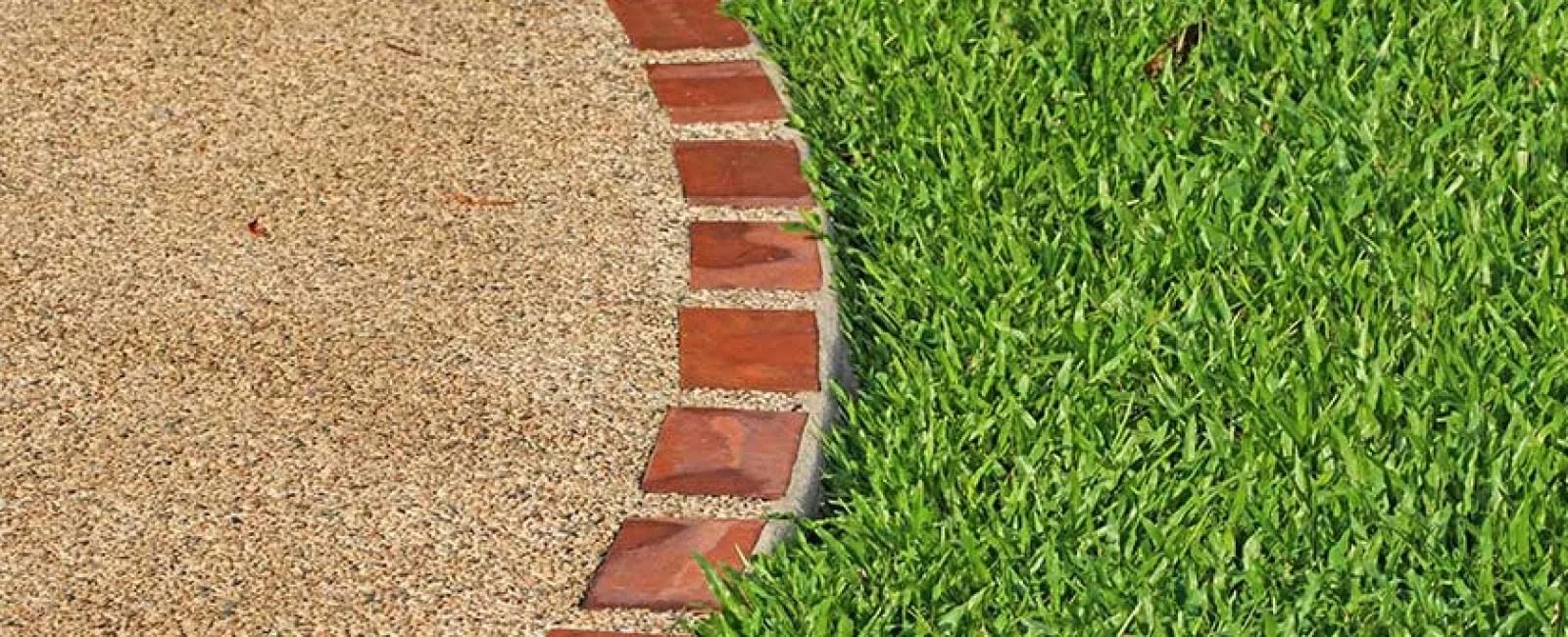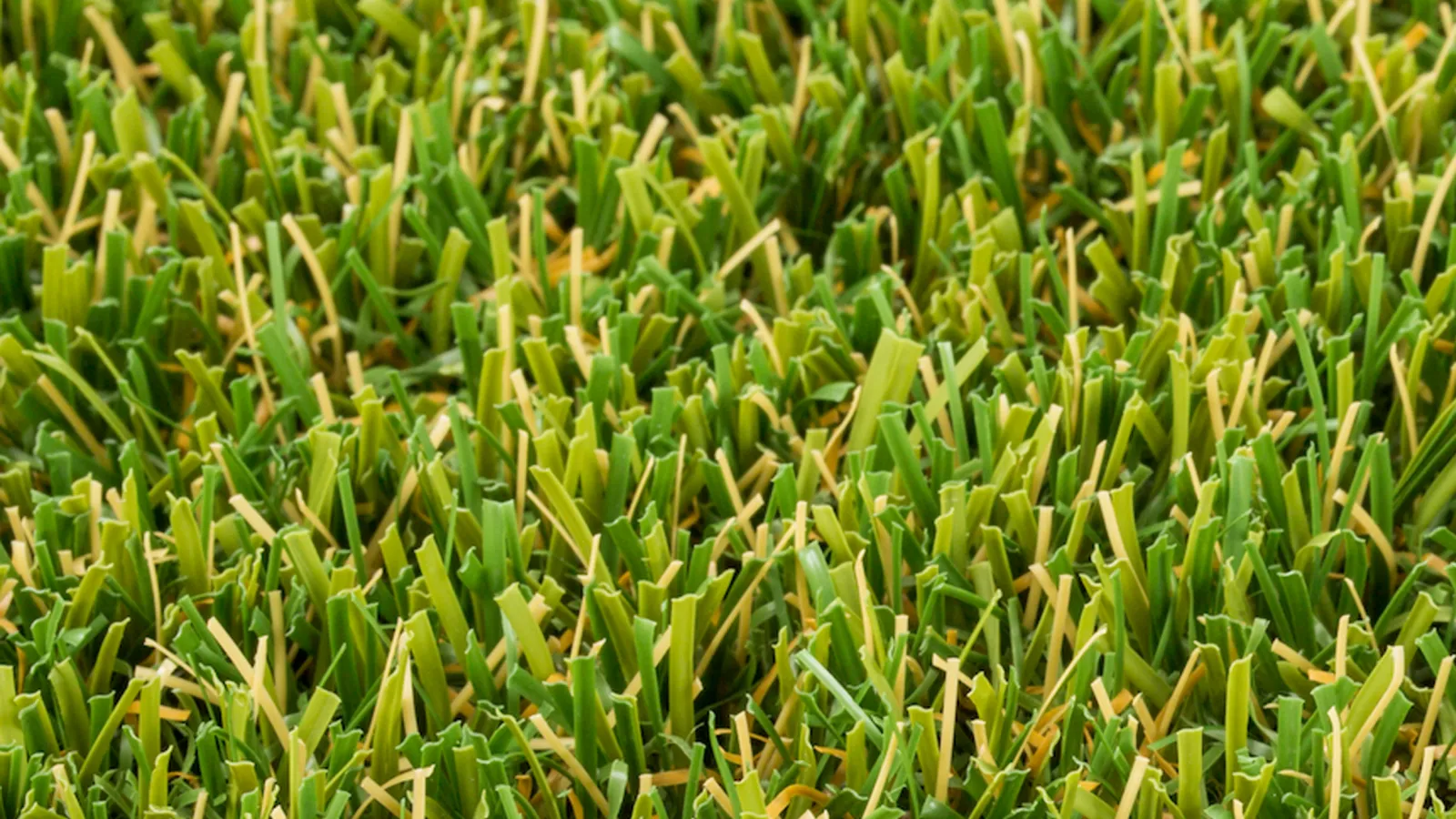Artificial grass can completely transform a space, giving it a lush and green look all year long. A detail that often goes unnoticed but makes a major difference is the edging. The right artificial grass edging not only keeps the turf in place but also adds a professional finish that enhances the overall appearance of your lawn.
Many homeowners ask about the best edging option for artificial grass because it plays a big role in how well the surface holds up over time.
The Role Of Edging In Artificial Grass Installations
Edging creates a strong boundary around artificial turf that keeps it from shifting, lifting, or spreading over time. Without edging, even the best turf can lose its shape or allow the base materials to wash away after rain. It acts as the frame that holds the lawn together while maintaining a smooth transition between turf and surrounding areas.
When we install edging, we make sure it fits the layout of the space and supports long-term durability. A well-installed edge makes maintenance easier and prevents debris or soil from creeping into the grass.
It also adds to the curb appeal and gives the project a finished, high-end look that lasts for years. Many people are surprised at how much difference the right edging makes once the project is complete.
Common Materials Used For Artificial Grass Edging
Several materials are available for edging artificial grass, each offering distinct strengths, durability, and aesthetic appeal. Common options include timber, metal, concrete, bender board, and plastic, each suited to specific design goals, budgets, and surface types.
Timber provides a natural, classic appearance, while metal brings a sleek, modern finish. Concrete delivers long-lasting stability, and bender board or plastic adds flexibility for curved or irregular layouts.
Choosing the correct edging material prevents turf movement, keeps seams tight, supports proper drainage, reduces puddling, and minimizes uneven wear. Selecting the appropriate material enhances both functionality and visual appeal. This will help the installation maintain its form, longevity, and professional appearance over time.
Timber Edging: A Natural Look For Traditional Spaces
Timber edging is popular for homeowners seeking a natural, classic appearance. It blends seamlessly with gardens, patios, and plant-filled landscapes, giving outdoor spaces a cohesive, inviting look. Treated wood resists moisture and decay, providing a clean, organic frame for artificial turf while enhancing the visual warmth of the area.
Timber edging works well in curved areas or smaller lawn sections and can maintain its warm, natural tone for years with proper installation. Its versatility makes it suitable for a wide range of garden layouts. This allows homeowners to combine artificial turf with natural elements without compromising traditional aesthetics.
Regular maintenance helps preserve the wood's appearance and longevity, keeping the overall design looking polished and professional.
Metal Edging: Sleek And Durable
Metal edging is a popular choice for modern landscapes due to its sleek appearance and superior durability. It creates sharp, defined lines that give artificial turf a crisp, clean finish while complementing contemporary design elements. Aluminum and steel are the most commonly used metals, both resistant to corrosion, weathering, and capable of withstanding heavy traffic over time.
Metal edging works well for minimal yet refined borders that enhance patios, pathways, and landscaped areas. Its strength makes it suitable for driveways, walkways, and high-use areas where durability is critical.
Over time, metal edging maintains its shape without warping, splitting, or deforming, providing a dependable and long-lasting solution for artificial grass installations. It also adds a polished, professional look that elevates the overall outdoor design.
Concrete Edging: Long-Lasting Strength
Concrete edging presents a permanent solution for artificial grass installations. It is ideal for areas that require extra stability or experience frequent foot traffic. Concrete borders come with a wide range of design finishes, from smooth, simple edges to decorative patterns that coordinate with surrounding materials.
Properly installed concrete edging creates a seamless barrier that helps turf retain its original layout, even after years of exposure to changing weather. This type of edging also pairs beautifully with stone pathways or patios. It gives the landscape a polished and professional appearance that lasts.
Bender Board Edging: Flexible And Affordable
Bender board edging, made from recycled plastic or composite materials, offers a flexible solution for lawns that require gentle curves or irregular shapes. The material bends easily without breaking, creating smooth, flowing lines across the installation.
Bender board edging keeps turf edges secure while maintaining a natural flow within the landscape. Its lightweight, weather-resistant construction performs well in both residential and commercial applications.
This type of edging is affordable, low-maintenance, and ideal for projects that demand flexibility without compromising durability or aesthetic quality.
Plastic Edging: Simple And Budget-Friendly
Plastic edging brings a cost-effective option for smaller turf areas or temporary installations. It is lightweight, easy to install, and available in a variety of colors and textures. While not as strong as metal or concrete, plastic edging performs effectively in controlled environments. It creates a neat separation between turf and gravel, mulch, or flowerbeds.
This edging style is convenient for quick upgrades or short-term projects. Plastic edging delivers an easy, affordable solution that maintains a clean, finished look for artificial turf installations.
Choosing The Best Edging For Your Space
The best edging for artificial grass depends on how the space will be used and the overall design goal. A residential backyard may benefit from timber or bender board, while commercial or high-traffic areas often need concrete or metal. The right choice depends on balancing appearance, function, and longevity.
At Turf Tek USA, we guide each client through the selection process based on their needs and preferences. We also look at drainage, climate, and soil conditions before finalizing the edging design. With a focus on these details, we make sure the final result looks beautiful and stays intact for years to come. Our installations are meant to last, and a strong edge is a key part of that promise.
If you are ready to upgrade your lawn or want expert advice on artificial grass edging, contact us today.


